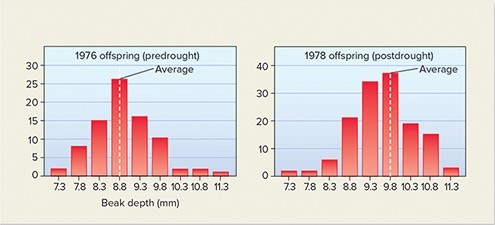Who was the Augustinian monk that conducted a decade of experiments on the garden pea, eventually showing that traits are passed from parents to offspring in predictable ways?
A) Aristotle
B) Alfred Wallace
C) Gregor Mendel
D) Francis Crick
E) Hippocrates
Answer: C
You might also like to view...
Due to the directionality of polymer synthesis, proteins have distinct ________ and ________ ends.
Fill in the blank(s) with the appropriate word(s).
What cytokine is secreted by helper T cells, and stimulates proliferation of helper T cells and cytotoxic T cells, proliferation and differentiation of B cells, and enhances the activity of natural killer cells?
A) interferon-1 B) interferon-2 C) interleukin-10 D) interleukin-4 E) interleukin-5
Select the best answer to complete the following statement. Stomata are openings used by plants for the passage of
A. carbon dioxide, oxygen, and water vapor. B. only carbon dioxide and spores or gametes. C. only oxygen and carbon dioxide. D. only carbon dioxide and pollen. E. only carbon dioxide and water vapor.
Peter and Rosemary Grant study natural selection in finches on the Galápagos Islands. They have hypothesized that dry condition produce larger seeds and may result in larger beaks in succeeding generations of finches. The figure below shows their data from 1976 and 1978. The y-axis is the number of birds measured and the x-axis is the beak depth. Do their data support their hypothesis and why? 
A. No; because in 1976, before the drought, the largest beak depth was still 11.3mm. B. Yes; because the average beak depth of birds in the population increased from 8.8mm in 1976 to 9.8mm in 1978. C. No; more data would be necessary to show a support of their hypothesis. D. Yes; because there were more birds measured in 1978 after the drought, therefore they must have been able to get food and reproduce. E. No; because even though more birds were measured in 1978, the beak size of the upper range was smaller.